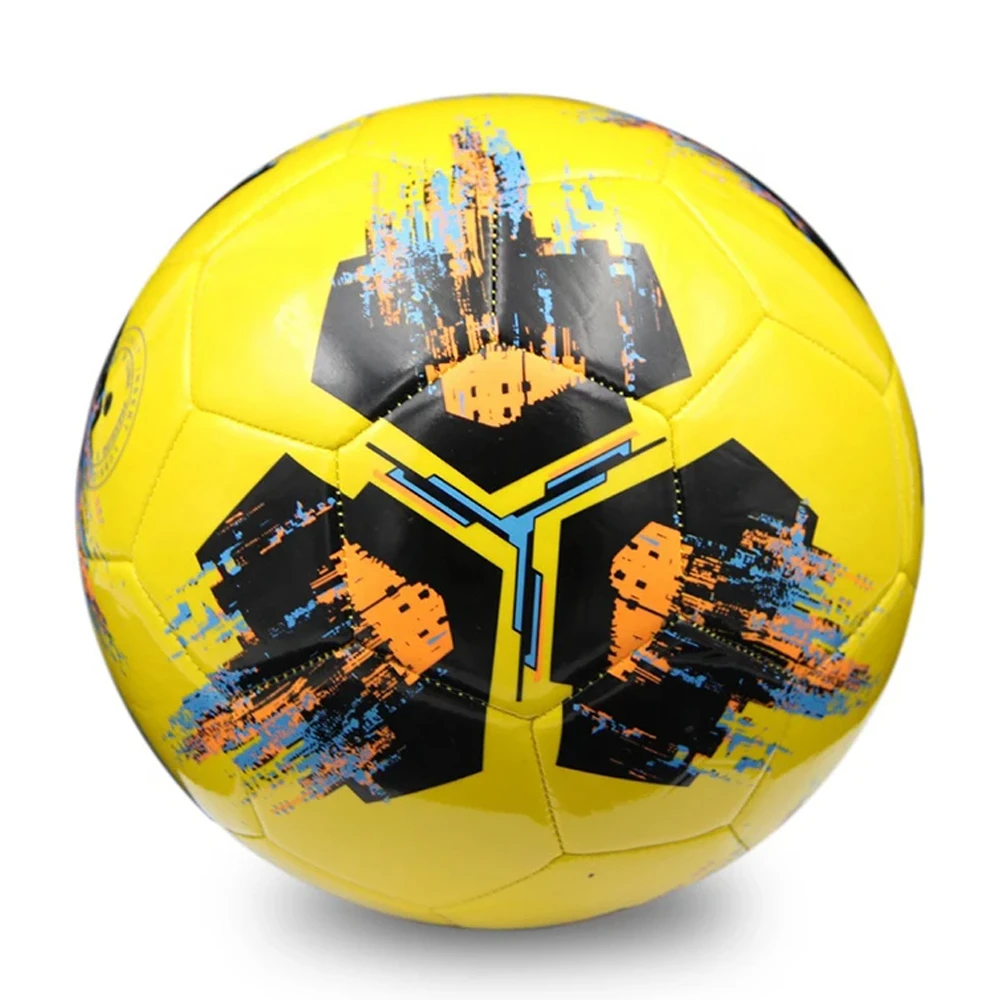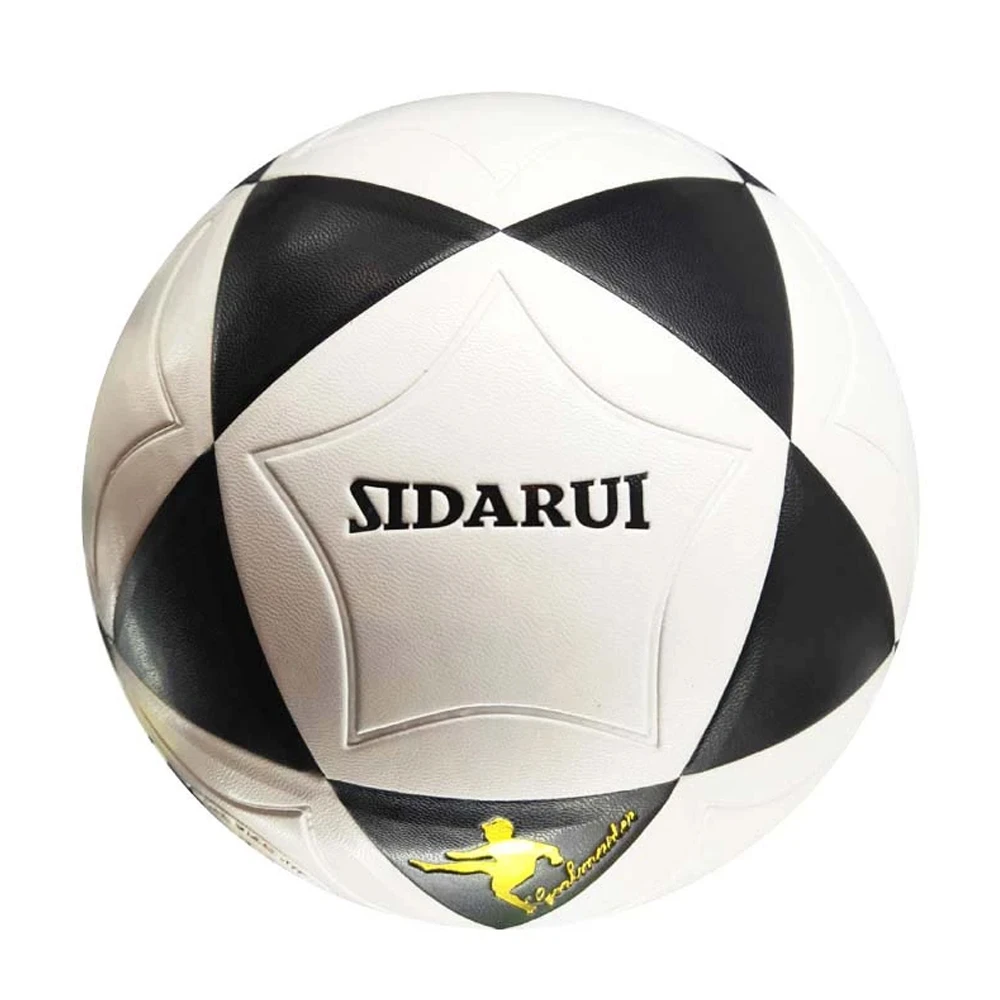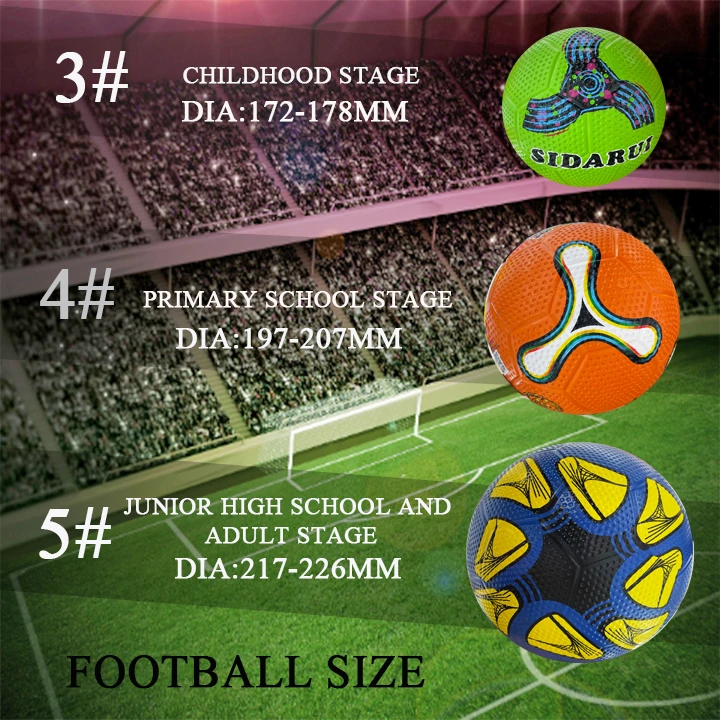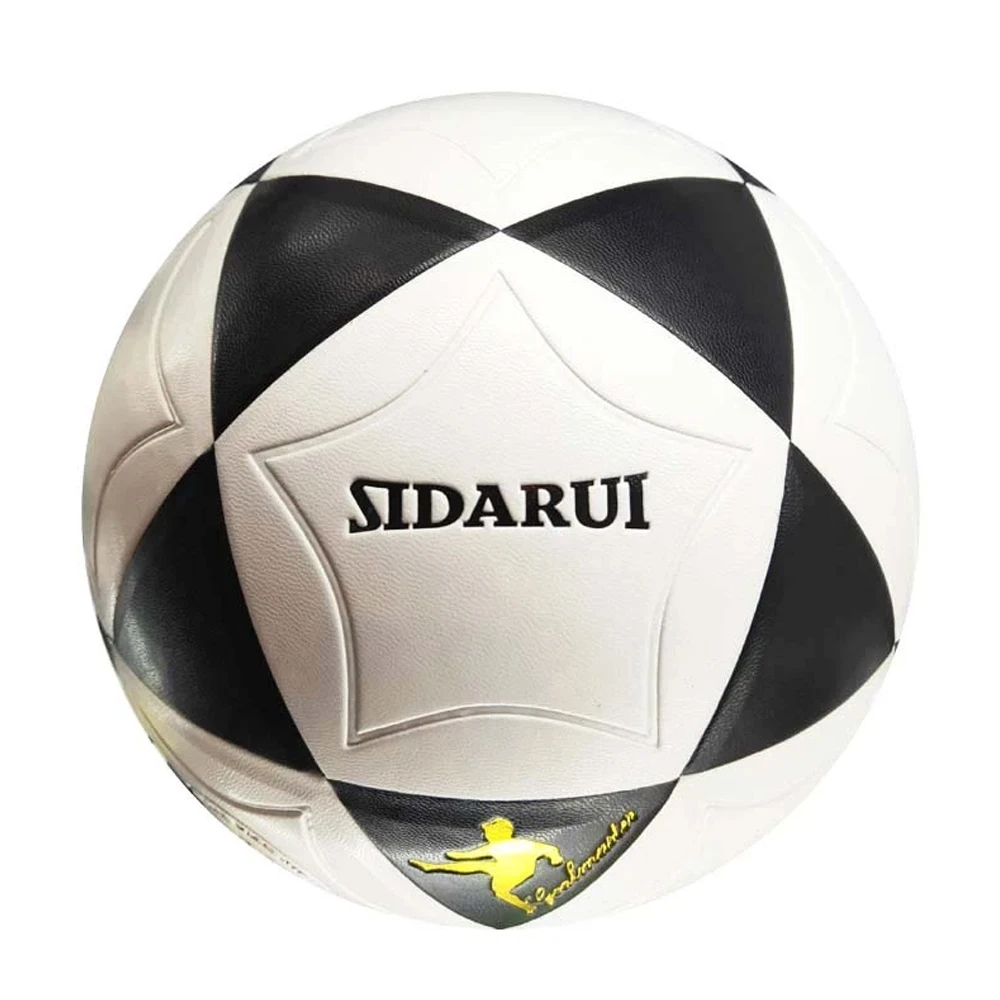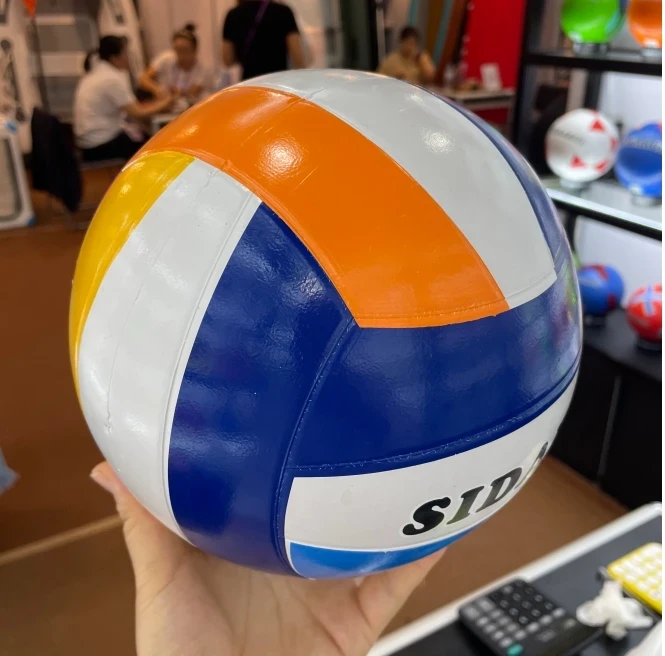Giu . 07, 2025 13:41
Outline Overview:
- Fundamental dynamics of ball specifications in player development
- Performance metrics showing technical enhancements
- Material science innovations in modern soccer balls
- Leading manufacturers comparison matrix
- Tailored solutions for diverse training environments
- Implementation case studies across skill levels
- Synthesis of optimal equipment selection principles
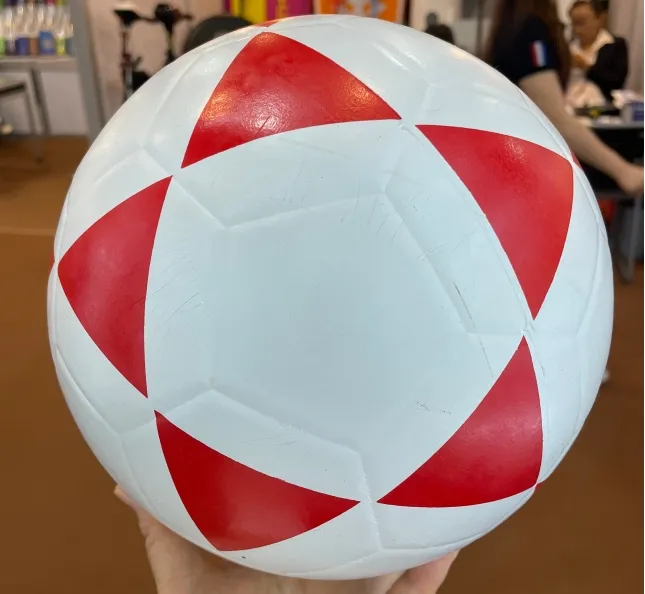
(practice soccer balls size 5)
The Essential Guide to Practice Soccer Balls Size 5
Regulation size 5 soccer balls serve as the universal standard for players aged 13+ worldwide. According to FIFA Quality Programme data, these spheres measure 27-28 inches in circumference with 14-16 psi internal pressure, creating consistent rebound behavior crucial for technical repetition. The concentric weight distribution (410-450 grams) enables predictable trajectories during passing drills. Studies by the National Soccer Coaches Association reveal that 74% of academy programs mandate size 5 balls exclusively after U12 transitions, as improper sizing causes 22% more repetitive stress injuries during high-volume training. These dimensional standards establish muscle memory foundations whether practicing volleys or mastering curved free kicks.
Performance Engineering in Modern Footballs
Contemporary practice balls integrate multi-layer bladder systems for sustained air retention. Thermally bonded panels with 3D texture maintain 20% better wet-weather grip versus traditional stitched models. Nike's Aerow Trac grooves demonstrate 16% reduced swerve deviation during long-range attempts in controlled tests, while Adidas' CONNECT chip captures spin rates averaging 88 RPM during advanced drills. Composite polyurethane casings provide 40% more impact resistance than PVC alternatives during wall-pass routines. Such innovations transform basic size 5 balls into precision feedback tools that register strike accuracy within 3-degree margins.
| Feature | Adidas Uniforia Pro | Nike Premier Academy | Select Numero 10 | Puma Orbita Series |
|---|---|---|---|---|
| Water Absorption Rate | 0.12% @ ISO 5359 | 0.09% @ ISO 5359 | 0.17% @ ISO 5359 | 0.14% @ ISO 5359 |
| Circle Accuracy | ≤ 1.2% variance | ≤ 0.8% variance | ≤ 1.5% variance | ≤ 1.3% variance |
| Rebound Retention Cycles | 3,500+ impacts | 2,900 impacts | 4,200 impacts | 3,800 impacts |
| Micro-texture Depth | 1.8mm hexagonal | 2.1mm concentric | 1.5mm crosshatch | 1.7mm wave |
Material Innovation Breakthroughs
Thermo-regulated foam layers now maintain consistent pressure across -5°C to 45°C environmental shifts. Select's CARRE fabric matrix reduces weight fluctuation to 2.3% maximum variance during rainy sessions. Puma's Orbita incorporates recycled TPU filaments that withstand 40 Newton impact forces without deformation - critical for powerful shooting drills. Additionally, glare-reduction matte finishes improve visibility under indoor arena lighting by 31% according to Bundesliga lab reports, making them equally effective for specialized indoor football practice scenarios.
Specialized Ball Customization
Training regimes determine optimal construction: For wet-condition sessions, butyl/ribbed latex bladder systems retain pressure 60% longer than standard valves. Futsal environments require low-bounce size 4 soccer balls with surface densities exceeding 650g/m² - ideal for close-control drills. Alternatively, cool size 4 soccer balls featuring UV-reactive pigments assist goalkeeper reaction training under stadium floodlights. Developmental programs increasingly adopt color-coded panels (30% more visible peripheral cues) and weighted variants (±80g) for position-specific drills.
Implementation Scenarios
AC Milan's youth academy utilizes moisture-sensing size 5 balls during turf sessions, decreasing slip-related injuries by 18%. Swedish club AIK employs pressure-regulated balls maintaining constant 15.6 psi for finishing drills, yielding 23% more top-corner conversions. For recreational players, decelerated size 4 balls prove effective: Portland's indoor leagues report 37% improved first-touch control using specialized models. High-altitude training facilities in Mexico use reinforced-stitch balls to counteract 12% air pressure differentials at 2,200m elevations.
Optimizing Your Indoor Football Practice
Selecting appropriate sphere specifications creates compound technical benefits. NCAA studies confirm players using correctly sized practice soccer balls size 5
develop 18% more accurate weak-foot proficiency. For futsal crossover training, scaled-down size 4 soccer balls accelerate decision-making by compressing spatial awareness. Ultimately, matching ball characteristics to environmental constraints and skill objectives transforms generic equipment into targeted development tools.
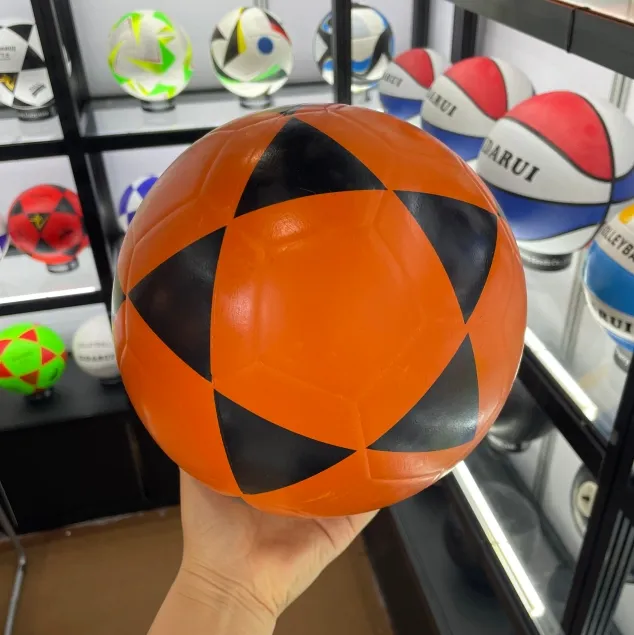
(practice soccer balls size 5)




